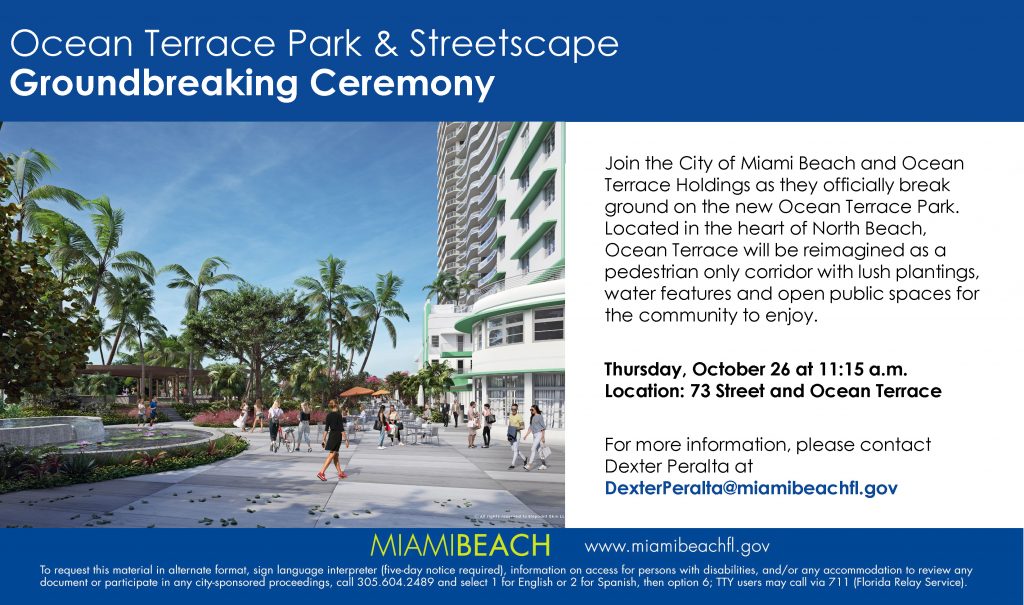New fare system may blur Broward County line for transit

Advertisement

A Miami-Dade fare system coming down the road is expected to integrate with other counties’ transit and allow riders to pay just one fare on multi-vehicle trips, blurring county lines as transit agencies have long hoped.
But such integration won’t be cheap – the hardware contract alone is almost $73 million and the county hasn’t even begun looking for the software to run it, a committee learned last week on the first stop of the hardware contact’s journey for approval.
If approved, Genfare LLC will place equipment in three steps that are to start in December as it readies the South Dade Transitway with fare tools for its long-awaited unveiling of Bus Rapid Transit on a 20-mile line between Dadeland and Florida City.
In the second step, Genfare would replace about 900 fareboxes on all Metrobuses. The third phase would replace 270 fare gates and 120 ticket vendor machines in Metrorail stations.
Though tri-county integration is much farther into the future and still just a wish, Commissioner Raquel Regalado spotlighted it as the county’s Transportation, Mobility and Planning Committee unanimously advanced the Genfare contract last week.
“This is going to be tri-county payment. One EASY card [for fare payment in] all three counties where you hop on and hop off via the train and Metrorail, a bus, a trolley. Really, [it] will change the entire dynamic of transportation. This will be an important first step,” she said.
“I know that all the counties are looking forward to this because we want to connect, but the different payment systems just make it impossible,” she added.
But before any cross-county integration come day-to-day issues.
The county’s present fare system installed in January 2009 breaks down often and spare parts to fix it aren’t being made today, Chief Operations Officer Jimmy Morales said in a memo to support the contact, which he called “critical for continuity of transit operations.”
As it is, when fare collection equipment breaks during a bus trip the driver just waves riders aboard with no way to collect fares, reducing system revenues, the memo says.
Last week’s unanimous recommendation of the fare system hardware was just a first step. The county plans to get more than $51 million of the funds via approval by the Citizens’ Independent Transportation Trust, which oversees proceeds of the half-percent voter-approved transportation sales tax geared to fund transportation expansions. Only with a trust OK – or a 45-day wait for trust action – could the county commission approve the contract.
The memo seeking contract approval came to the committee last week minus facts that supporters sought. Commissioner Danielle Cohen Higgins asked about the ranking of the four contract bidders and whether Genfare had the low bid. She was told that the firm ranked highest among bidders but was well above the $53 million that the third-ranked sought.
Ms. Cohen Higgins also noted that the software to make the equipment useful is a separate procurement and said the county in the past has been troubled by software that doesn’t work well with hardware from a different source. The county has yet to seek a software provider.
The Genfare system will work first with present county software, Committee Chair Eileen Higgins said, “and then it moves to the fancier one…. The more tap-and-go with this integrated software, the more we save on implementing our fare system.”


